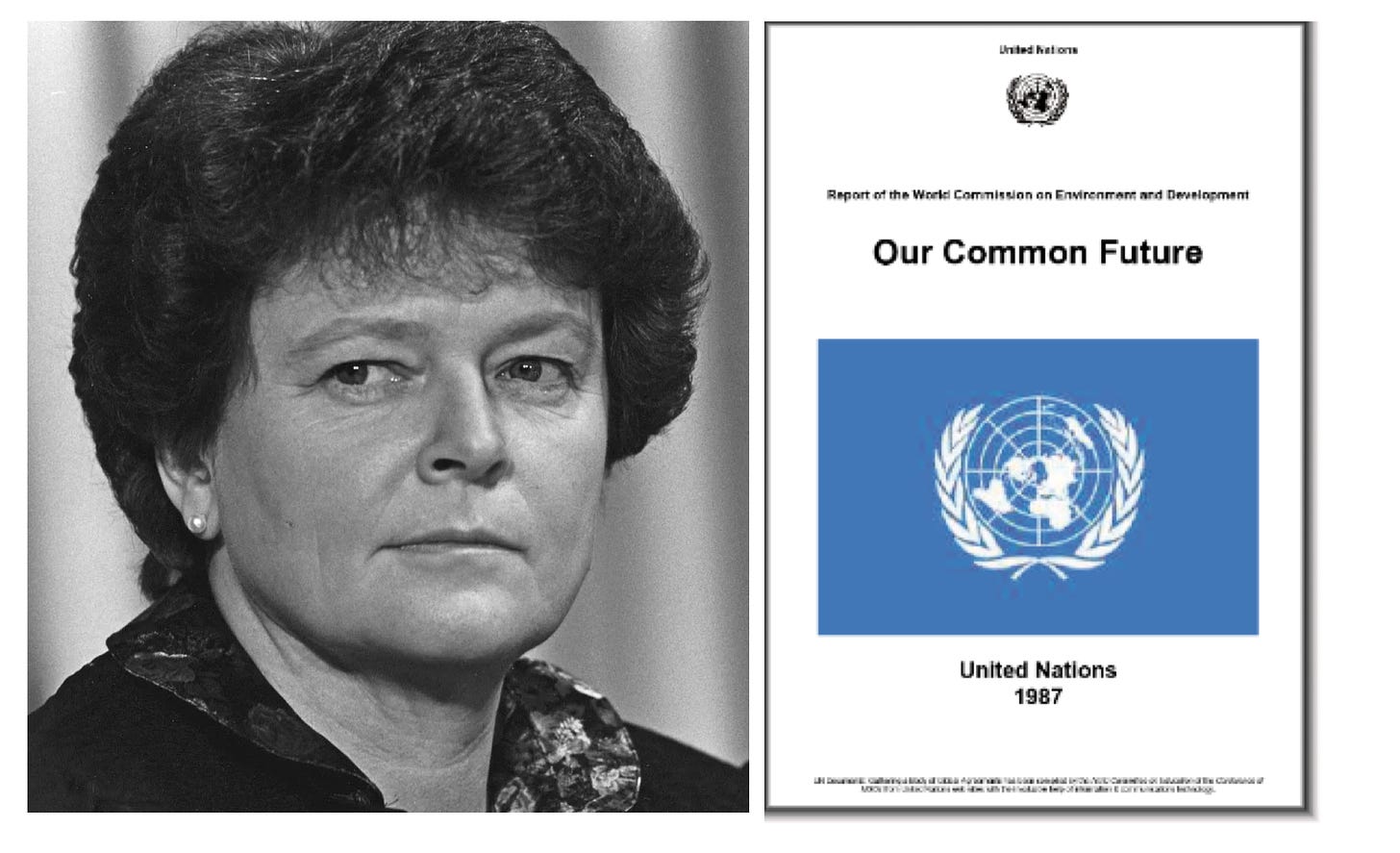On CBS “60 Minutes” last night, scientists claimed that humans are causing a “sixth mass extinction” and that we would need the equivalent of five planet earths for all humans to live at current Western levels.
“No, humanity is not sustainable to maintain our lifestyle — yours and mine,” claimed Stanford University biologist Paul Ehrlich. “Basically, for the entire planet, you’d need five more Earths. It’s not clear where they’re gonna come from.”
Both claims are wrong and have been repeatedly debunked in the peer-reviewed scientific literature.
The assertion that “five more Earths” are needed to sustain humanity comes from something called the Ecological Footprint calculation. I debunked it 10 years ago with a group of other analysts and scientists, including the Chief Scientist for The Nature Conservancy, in a peer-reviewed scientific journal, PLOS Biology.
We broke down the six measures that comprise the Ecological Footprint and found that five of the six, including food and forestry, were either in balance or surplus. The only thing out of balance was humankind’s carbon emissions.
But reducing carbon emissions requires neither that rich nations become poor nor that poor nations remain poor. Rather, it simply requires that we move toward energy sources that produce fewer carbon emissions, namely natural gas and nuclear.
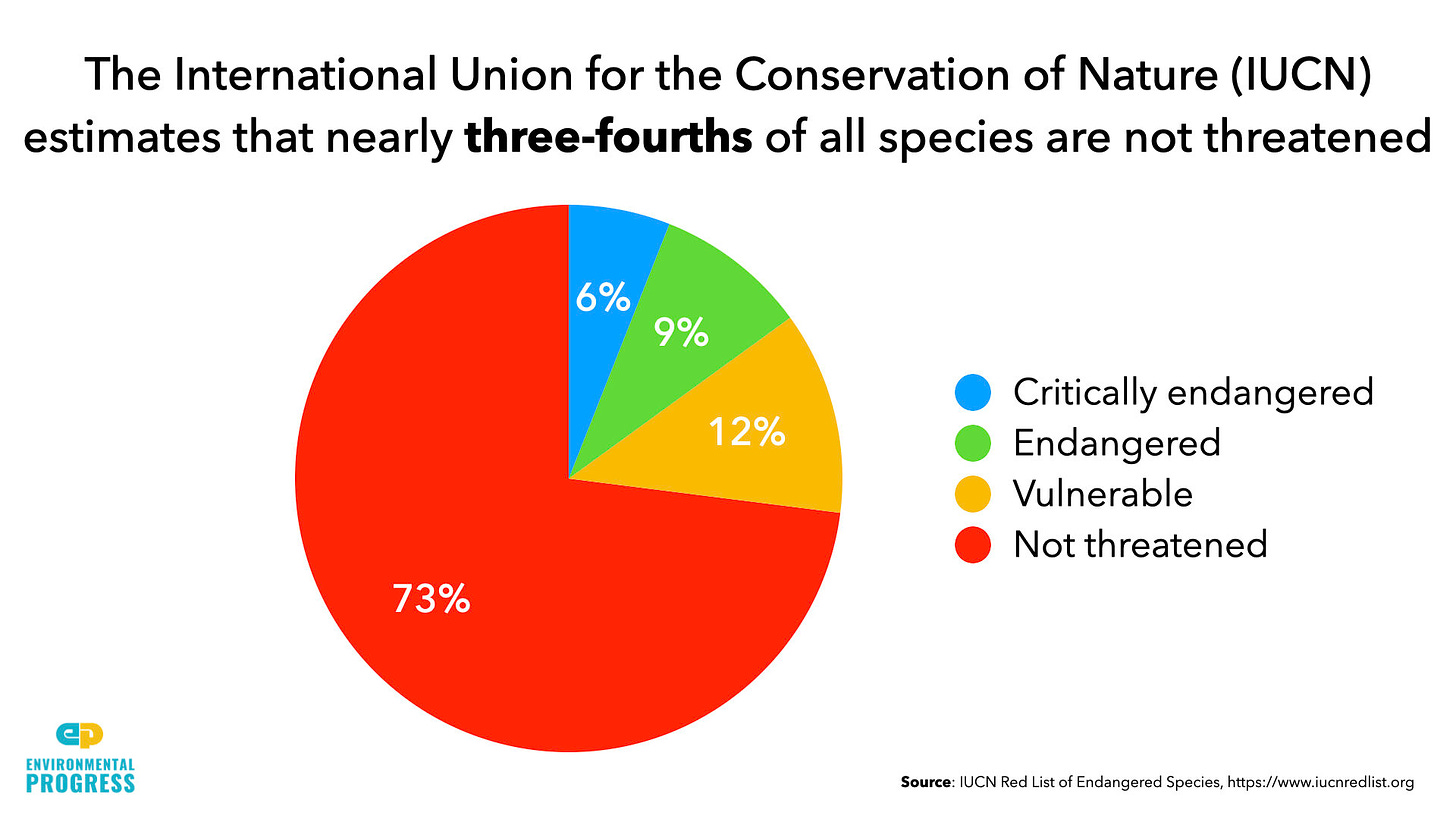
To its credit, CBS notes how wrong Ehrlich has been over the years. “The alarm Erlich sounded in 1968 warned that overpopulation would trigger widespread famine,” noted CBS News’ Scott Pelley. “He was wrong about that. The Green Revolution fed the world.”
But Pelley goes on to claim that Ehrlich is right about humans causing a “sixth mass extinction.” He’s not. He’s wrong about that, too.
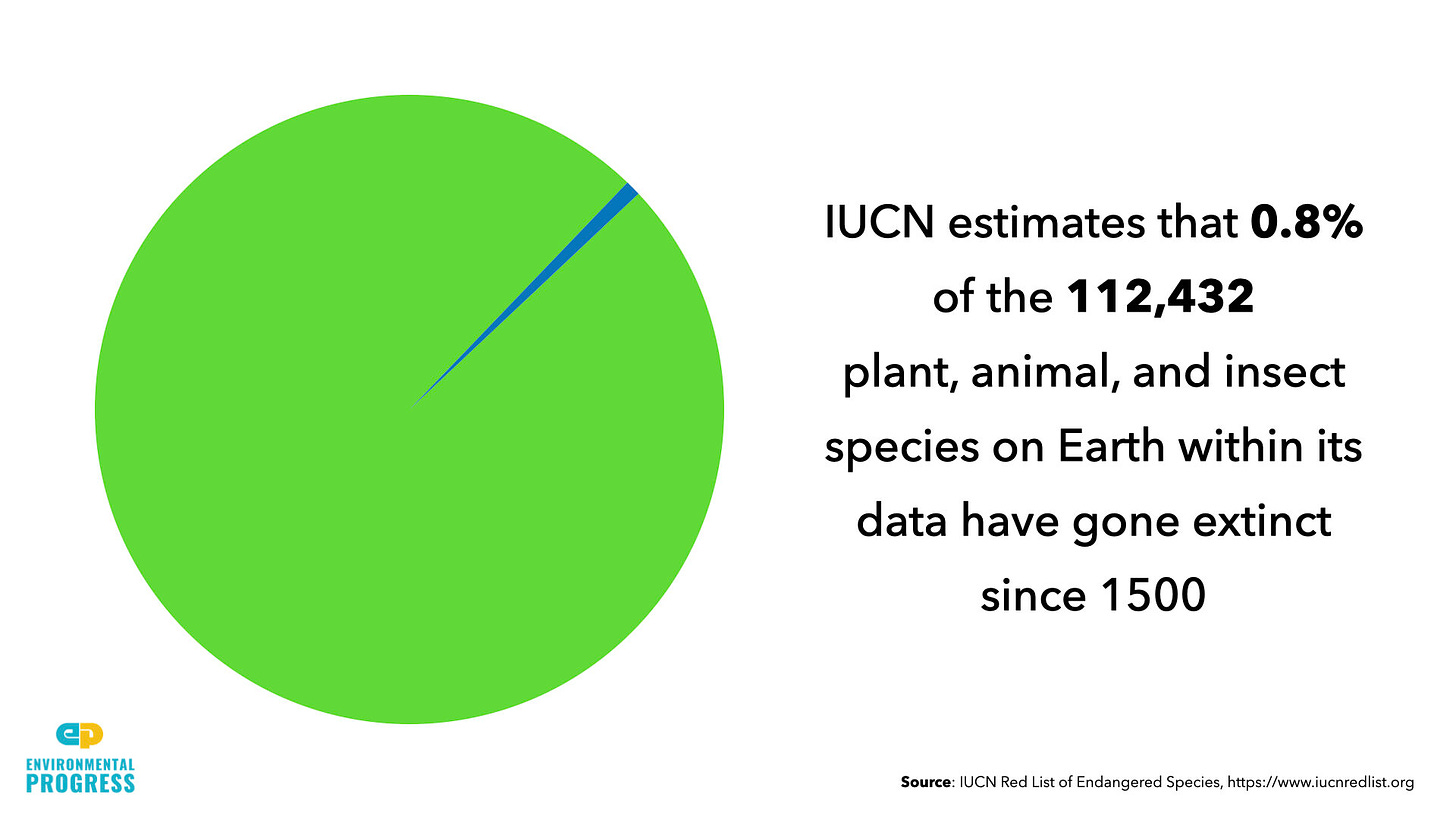
To cause a “mass extinction,” humans would need to be wiping out 75-90% of all species on Earth. The International Union for Conservation of Nature (IUCN), the main scientific body that tracks species, says just 6% of species are critically endangered, 9% are endangered, and 12% are vulnerable to becoming endangered.
Further, the IUCN has estimated that just 0.8% of the 112,432 plant, animal, and insect species within its data set have gone extinct since 1500. That’s a rate of fewer than two species lost every year for an annual extinction rate of 0.001%.
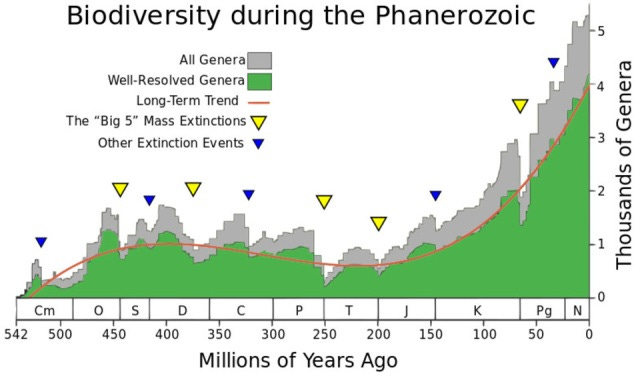
The huge increase in biodiversity during the last 100 million years massively outweighs the species lost in past mass extinctions. The number of genera, a measure of biodiversity more powerful than species count alone, has nearly tripled over the course of this time period. After each of these past five mass extinctions, the biodiversity in the fossil record dips between 15 to 20%. But each extinction is followed by much larger growth.
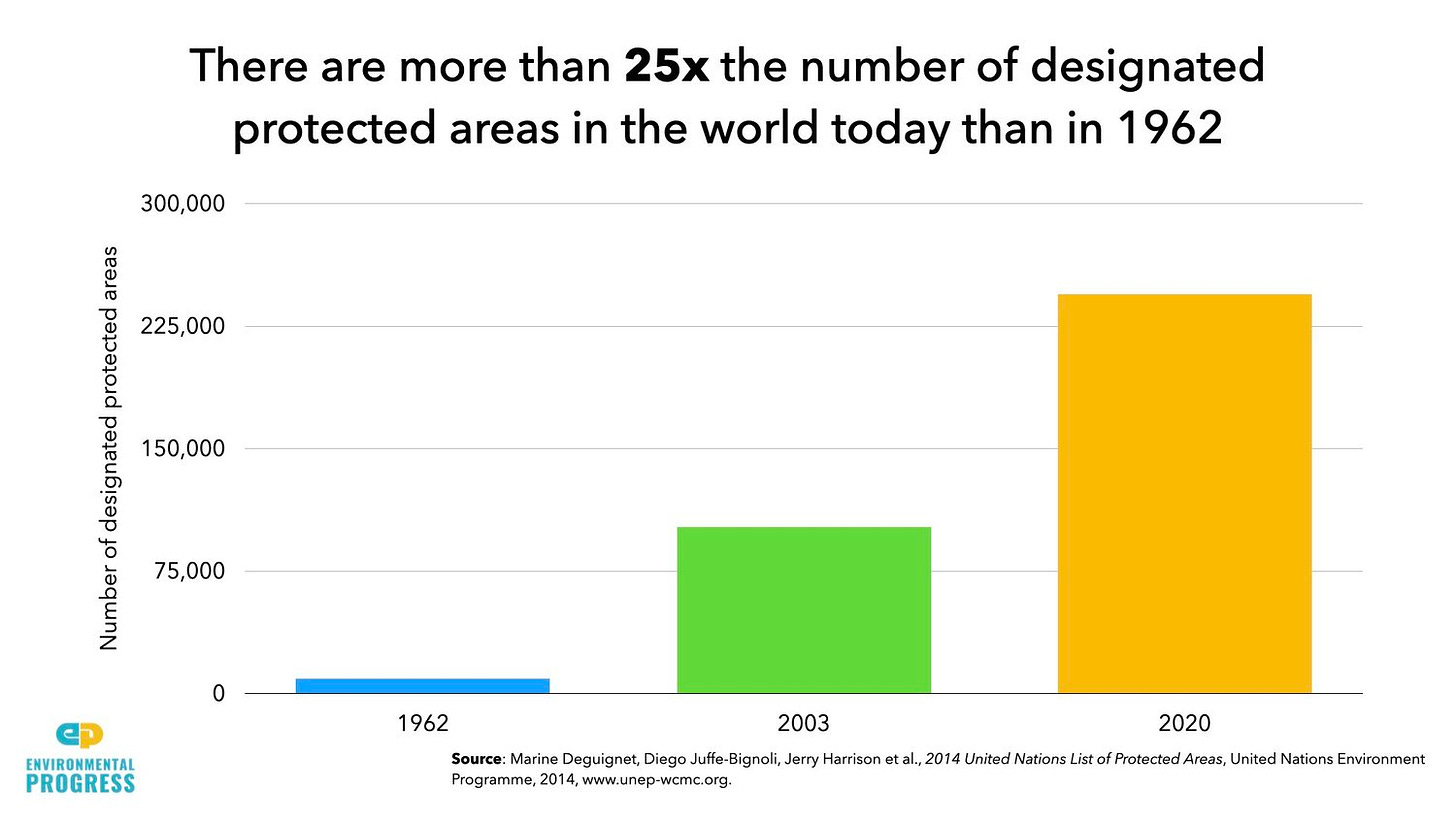
Conservationists, it turns out, are skilled at maintaining small populations of animals, from yellow-eyed penguins of New Zealand to mountain gorillas of central Africa. The real challenge is expanding the size of their populations.
But it’s not the case that humankind has failed to conserve habitat. By 2019, an area of Earth larger than the whole of Africa was protected, an area that is equivalent to 15 percent of Earth’s land surface. The number of designated protected areas in the world has grown from 9,214 in 1962 to 102,102 in 2003 to 244,869 in 2020.
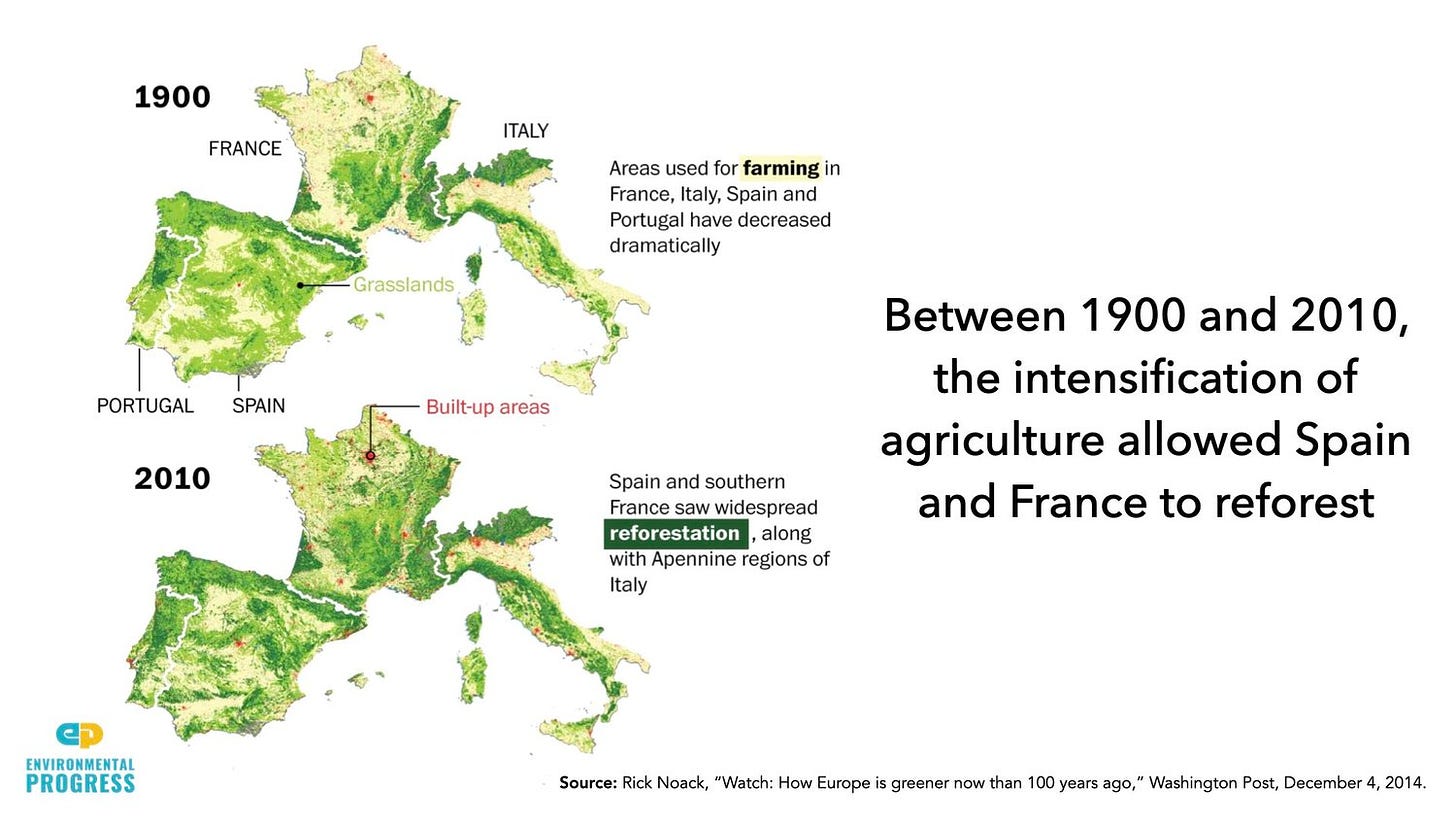
In fact, in rich nations around the world, wild areas are coming back, thanks to the more efficient use of land for producing food in general and meat in particular. Humans use about half of the ice-free land surface of the Earth. Of that half, we use about half for meat production, which is one the greatest threats to endangered species. But the amount of land humans use for meat has declined massively in recent decades, nearly an area the size of Alaska
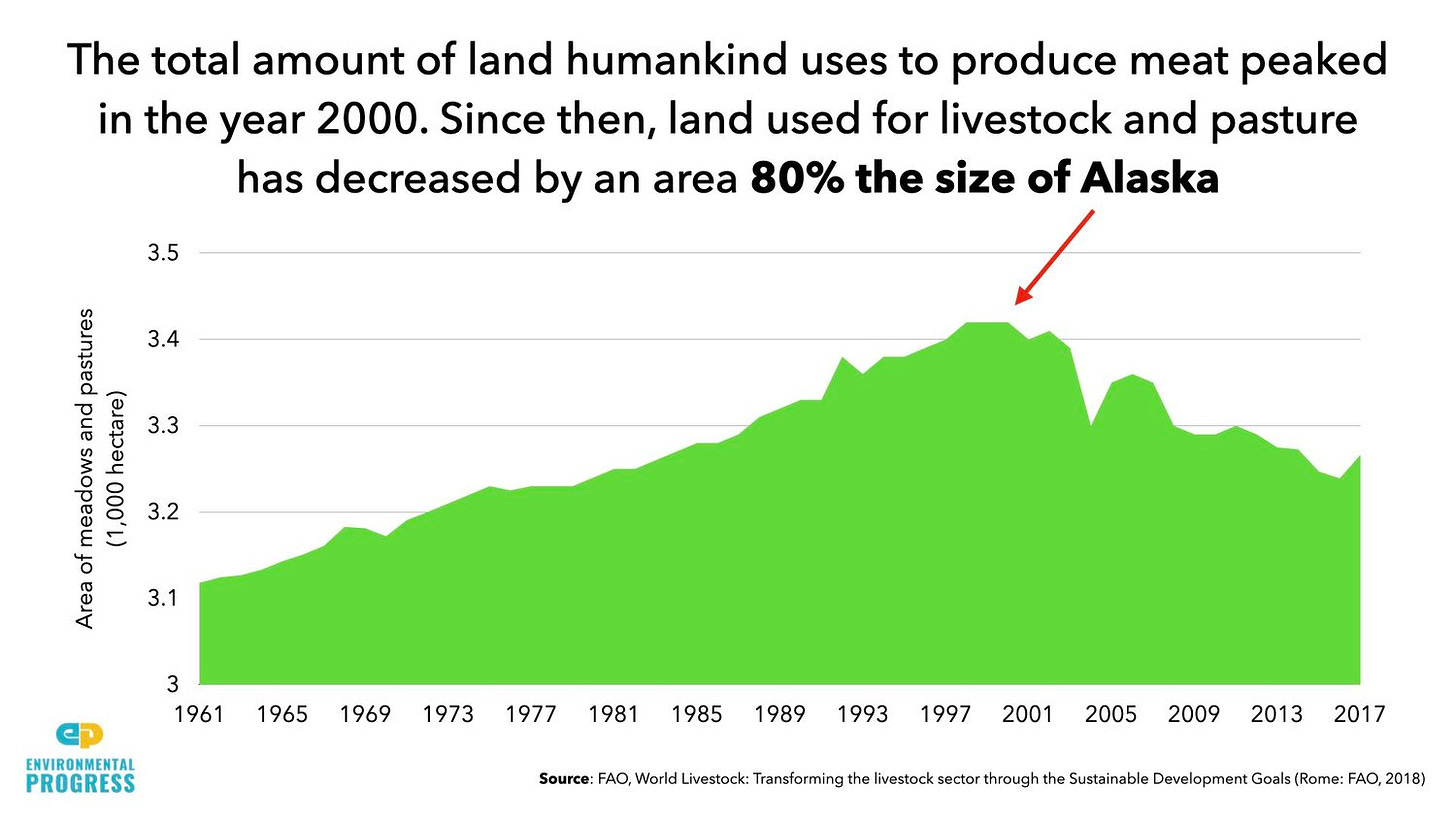
But if we’re not creating a “sixth mass extinction,” or using up “five earths,” why do so many people, including “60 Minutes,” believe we are?
Activist-Scientists Push Pseudoscience
